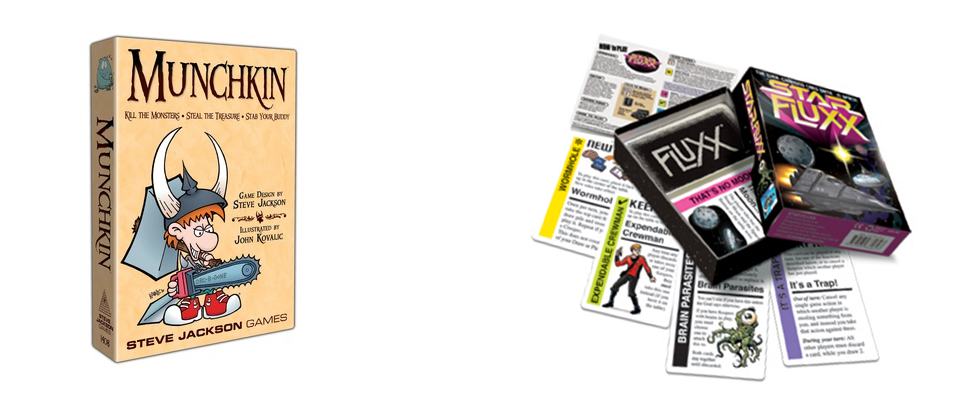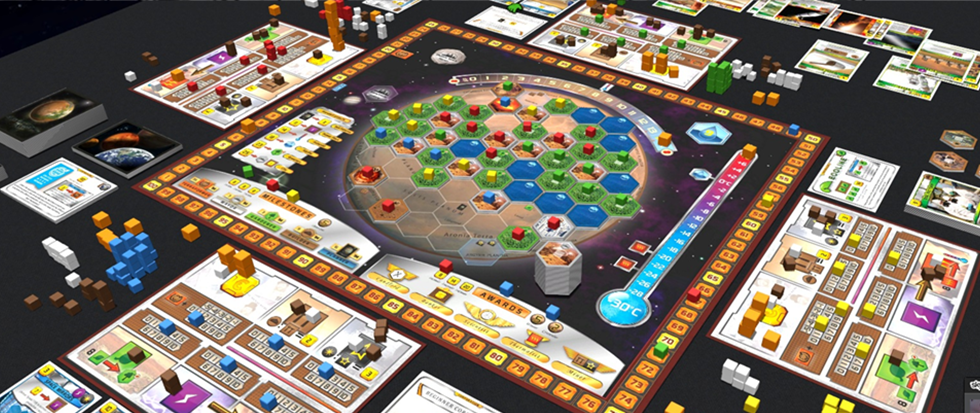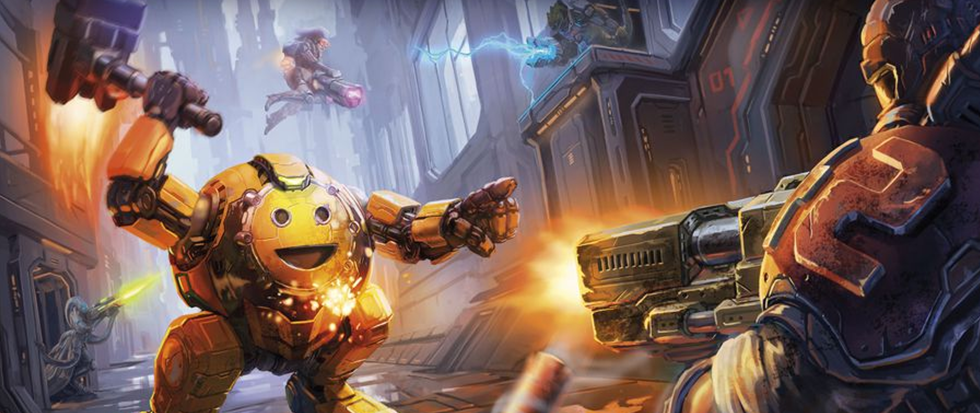
Little Earthquakes
Rules alterations can lead to big changes in how a game feels. Cosmic Encounter is the big example of this, with big, splashy alien powers that break the rules in wild and interesting ways. But most games aren’t going to want big and splashy variability since that lends itself best to certain types of games. Instead, the variety in games is added as a light dusting of variance that spices up a game so that each playthrough feels slightly different, and when done right, reverberate through the entire game, transforming it into something new with just a tiny change. Paolo Mori’s Ethnos achieves this masterfully.
On the surface, Ethnos looks like an incredibly basic area control game. Players are competing to put discs on the six different areas, which are scored three times throughout the age, and staking your claim gets progressively harder the more discs you plop down. You do this by forming bands of cards, which is a fancy way of saying “set matching”. And the board itself is entirely in unexciting browns and muted colors. Much like Cosmic Encounter, it’s got a rock-solid foundation, but Ethnos’s foundation is pretty blah when looked at on its own.
The magic happens when you take into account that each of the bands you’re making as you’re matching cards are made up of different races that have different powers. You can match cards by race or by color to form bands and place discs, but the one you assign as the leader grants different abilities that subtly but significantly change the game. Merfolk let you advance on a completely separate board and place discs anywhere for free at certain points. Skeletons essentially act as wild cards when forming bands. Trolls break ties when determining control, which means you don’t have to split points with people you tie with. Even Wizards, who let you do something as simple as draw cards, has a vast impact on the game, as the game length is determined by how fast the deck runs out. Drawing more cards sooner speeds up the game significantly.
The trick: Only half of the races included are used in any given game. That means you’re playing with a different combination of races every time, which shows clearly how much things can change when the little things start to bounce off of each other in different ways. Trolls and Skeletons raise the stakes on claiming both plots of land and tiebreaking Troll tokens. Trolls and Dwarves, meanwhile, often split players between laying down discs and forming larger bands, which also scores you points. It also means that some players are less spread out and more concentrated, while others are completely taking advantage of the lack of action happening on the board by claiming more land with smaller bands. And that’s just a couple of the ways one race interacts with others. It’s what makes this deceptively bland game vital and exciting in ways that are only apparent once you’ve finished a game.
Disruptions like this are akin to little earthquakes, small and barely felt when isolated, but when you bring them together, they reverberate and combine to form something much grander. When you get right down to it, little earthquakes like these are what make up the very DNA of board games. Ethnos’s excellence isn’t unique by any stretch, but it plays these earthquakes like a finely tuned instrument and understands how to use them to turn up the magnitude.





